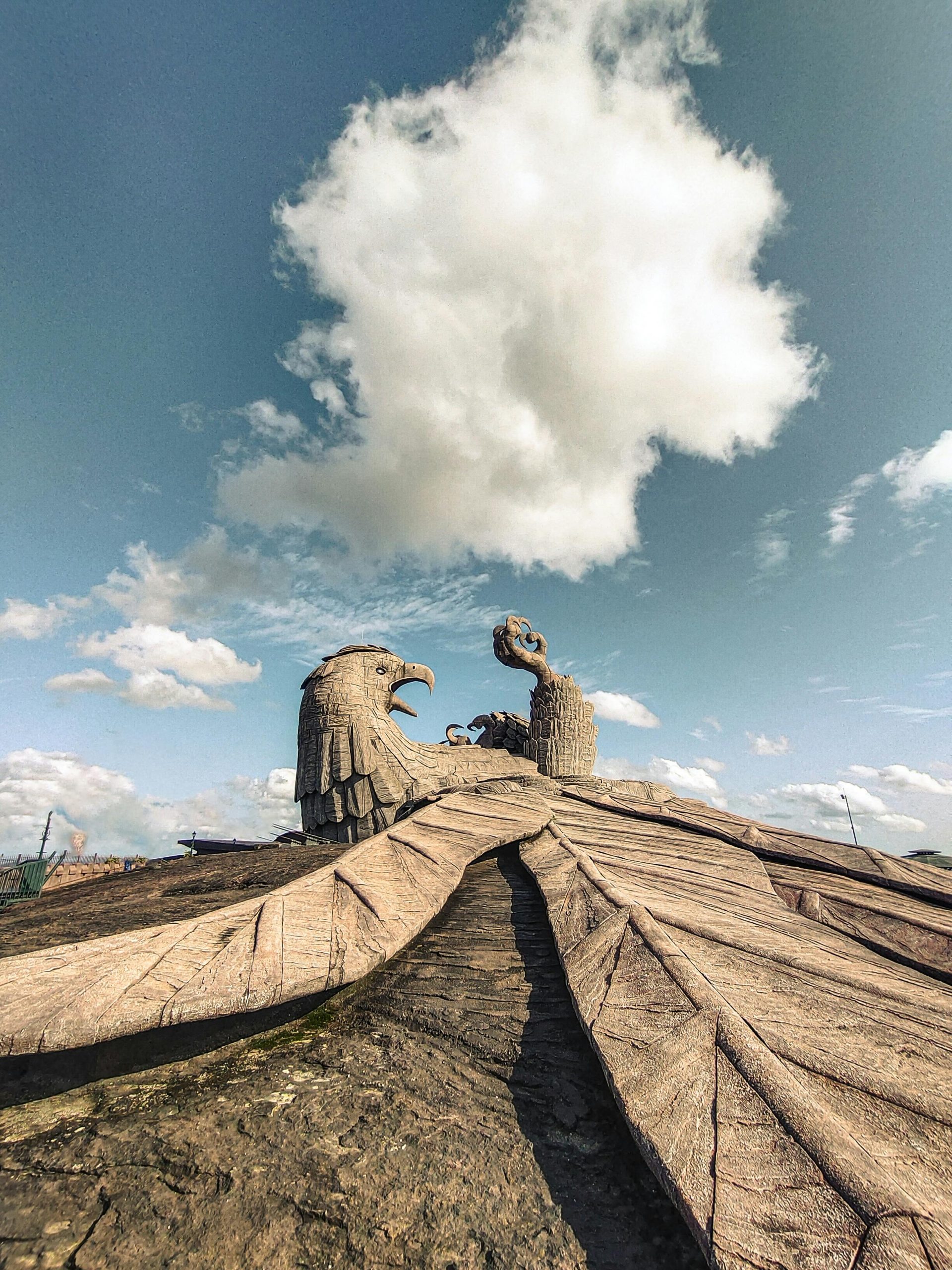Golden eagles are majestic birds of prey that have captured the imagination of humans for centuries. These iconic birds are not only revered in myth and folklore but also play an important role in maintaining the delicate balance of ecosystems around the world. In this article, we will explore the significance of golden eagles in mythology and their crucial role in the environment.
The Mythological Significance of Golden Eagles
Golden eagles have long been associated with power, strength, and courage in numerous mythologies and cultures. In ancient Greek mythology, the golden eagle was the sacred bird of Zeus, the king of the gods. In Native American folklore, the golden eagle is often seen as a symbol of spiritual power and wisdom.
Throughout history, golden eagles have been depicted as symbols of nobility and freedom. Their impressive size and majestic flight have inspired awe and reverence in cultures around the world. Even today, the golden eagle continues to be a symbol of strength and resilience in many societies.
The Role of Golden Eagles in Ecosystems
Golden eagles are top predators in their habitats, playing a crucial role in controlling populations of small mammals and birds. As apex predators, they help maintain the balance of ecosystems by keeping prey populations in check. Without golden eagles, prey species could overpopulate and disrupt the delicate balance of the food chain.
Golden eagles also serve as indicators of ecosystem health. Their presence or absence can signal changes in habitat quality, prey availability, and overall ecosystem stability. By studying golden eagles, scientists can gain valuable insights into the health of ecosystems and make informed conservation decisions.
Conservation Efforts for Golden Eagles
Despite their importance in ecosystems, golden eagles face a number of threats that jeopardize their survival. Habitat loss, poaching, and collisions with man-made structures are major challenges for golden eagle populations worldwide. In response, conservation efforts are underway to protect these iconic birds and their habitats.
One key conservation strategy is the establishment of protected areas for golden eagles, where hunting and development are limited to ensure the birds have access to suitable habitat. Additionally, researchers are studying golden eagle populations to better understand their behaviors, movements, and habitat requirements, in order to inform conservation planning.
Conclusion
Golden eagles are not only legendary figures in mythology but also vital components of ecosystems worldwide. Their role as top predators helps maintain the balance of nature and signals the health of ecosystems. By protecting golden eagles and their habitats, we can ensure the continued survival of these majestic birds and the ecosystems they inhabit.
Next time you catch a glimpse of a golden eagle soaring high above, remember their importance in both myth and ecology, and the need to safeguard their future for generations to come.
